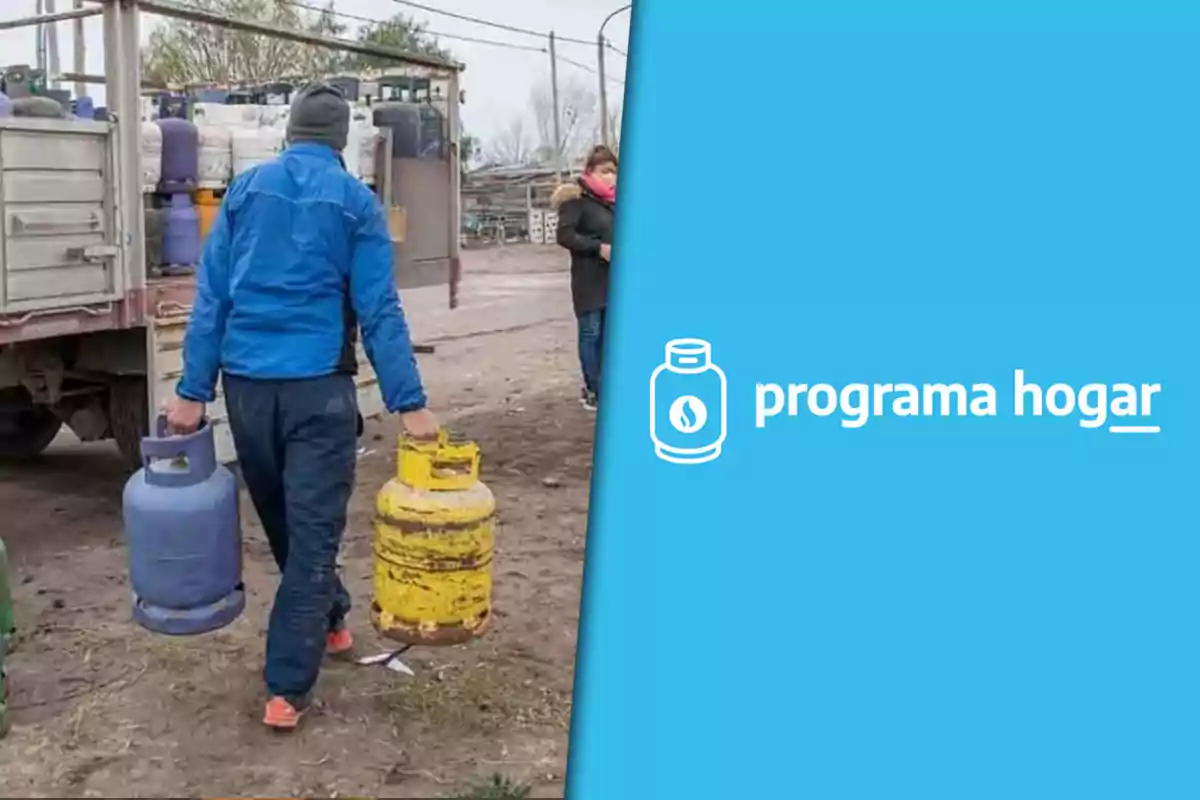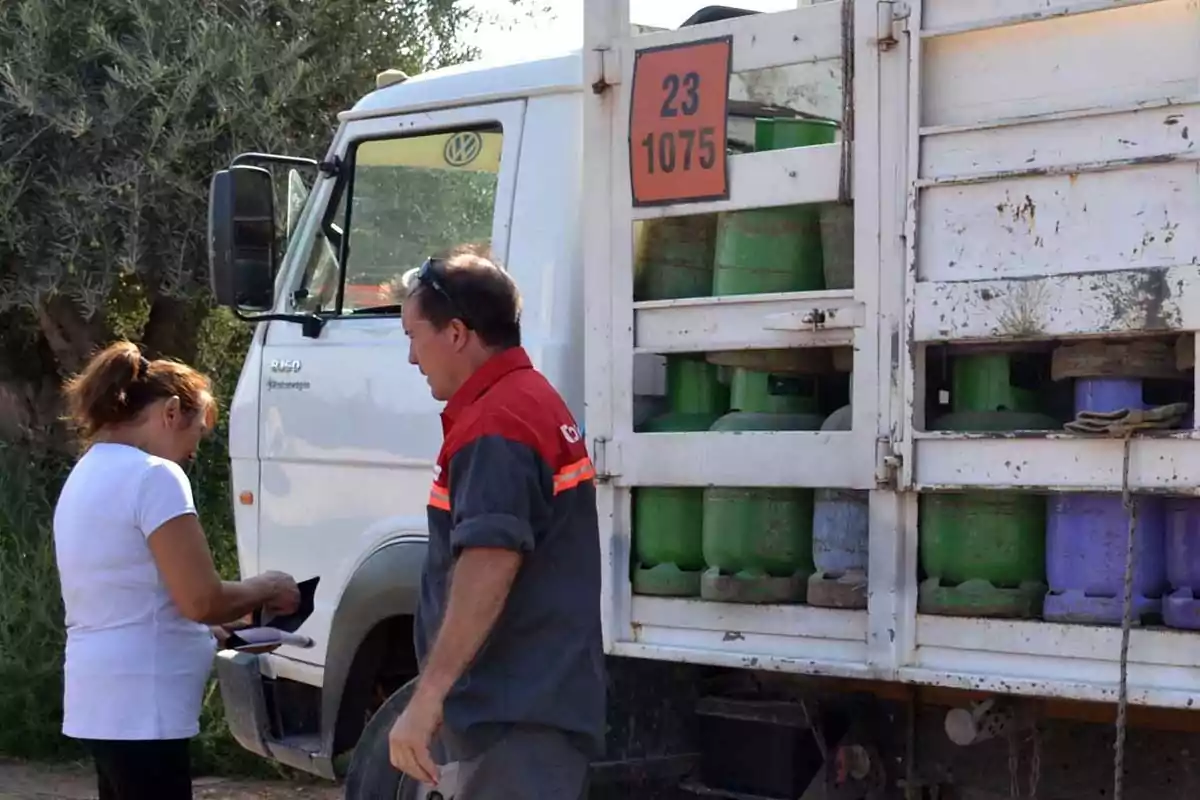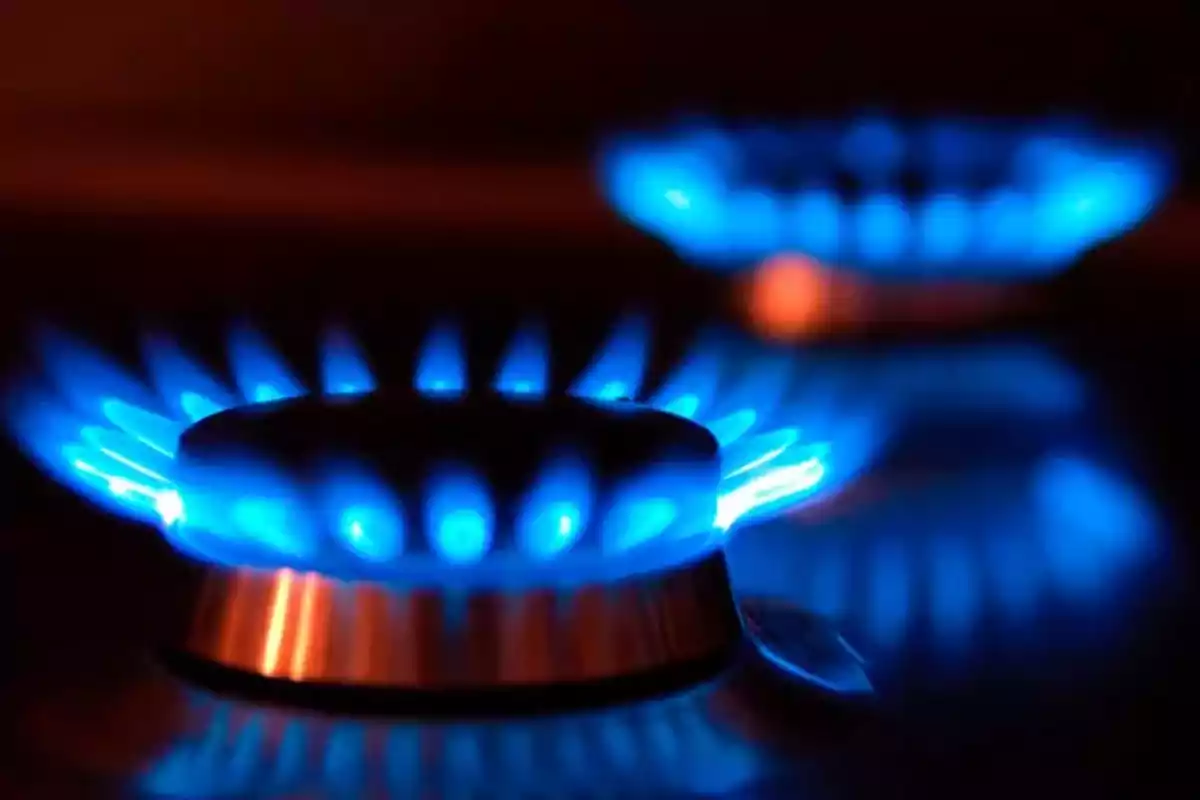
ANSES Home Program: who receives payments in September 2025 and how much
ANSES pays the Home Program in September for households without piped gas: learn about the requirements and amounts
During September 2025, ANSES will deliver payments for the Programa Hogar, a monthly subsidy for households without access to the natural gas network. The assistance aims to guarantee access to bottled gas for low-income families and social organizations.
The benefit is credited monthly and is regulated by the Secretaría de Energía, which defines both the requirements and the amounts to be collected based on different criteria.

Requirements to access the ANSES Programa Hogar
To receive the subsidy, households must meet the following conditions:
- Not have a natural gas network connection nor have applied for the Social Gas Tariff.
- The household's income must not exceed two minimum wages or be registered up to category C of the monotributo.
- If a person with a disability lives in the household, the limit increases to three minimum wages or category D.
- In Patagonian areas, the limit is 2.8 minimum wages or monotributo category D. With disability, the threshold rises to 4.2 minimum wages or category E.
How much is paid in September 2025
The amount of the Programa Hogar varies according to three main factors:
- Number of family members.
- Place of residence.
- Time of year, with additional reinforcements in winter.

Additional reinforcements
In addition to the base amount, extras may be added in the following cases:
- If the home is located in a cold zone covered by Law 27,637.
- If more than five people live in the household.
- If the payment corresponds to winter months, such as September.
The included provinces are: Tierra del Fuego, Santa Cruz, Chubut, Río Negro, Neuquén, La Pampa, and the Buenos Aires district of Patagones. Localities in La Puna, Buenos Aires, Córdoba, La Rioja, Mendoza, San Juan, Santa Fe, Salta, and Tucumán are also included.

What is the ANSES Programa Hogar
The Programa Hogar is a public policy that subsidizes part of the cost of 10, 12, or 15-kilogram (22, 26, or 33-pound) gas cylinders. Its objective is to assist families and organizations that do not have access to natural gas service by network, guaranteeing access to an essential resource.
More posts: